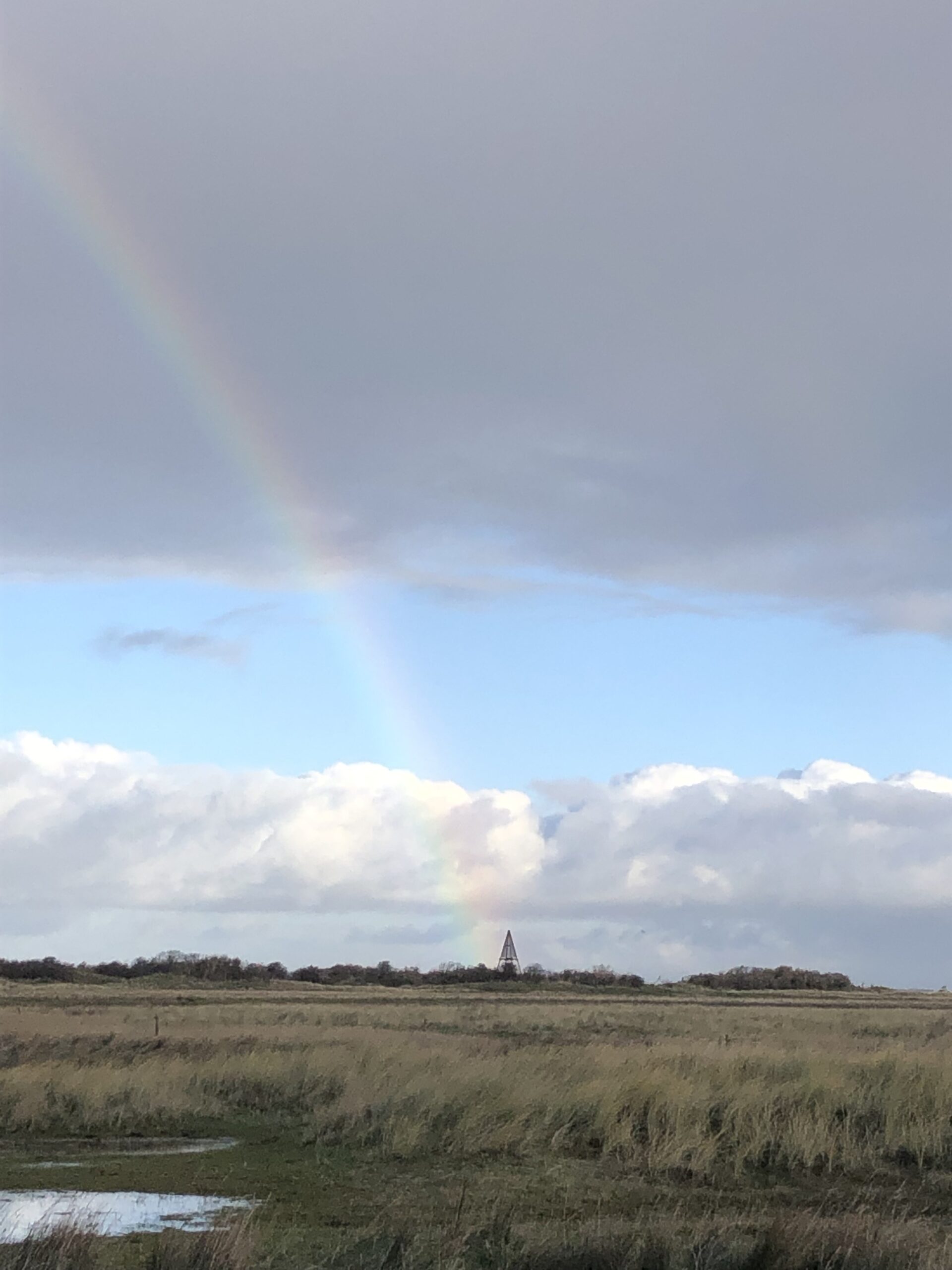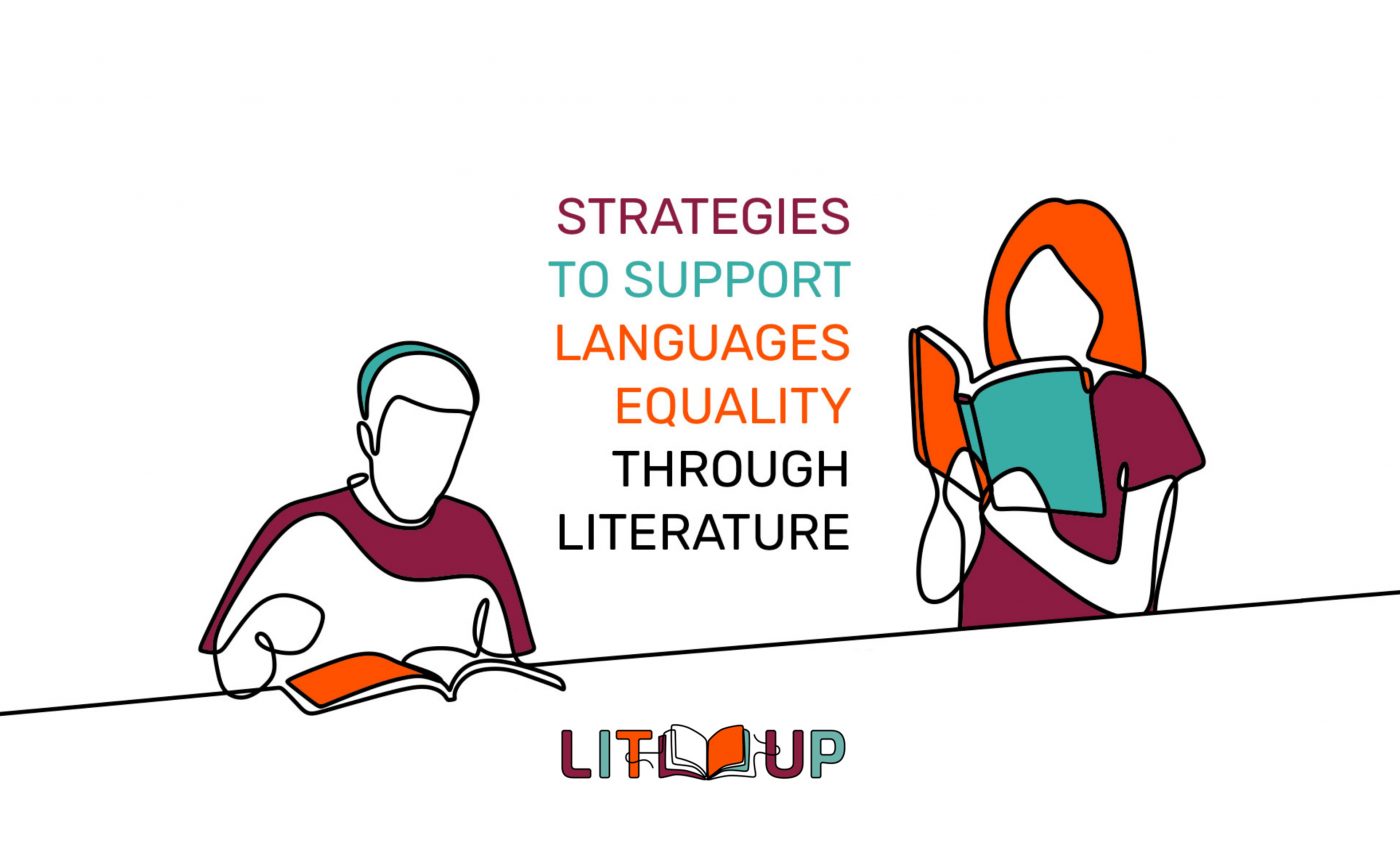Good Monday, colleagues. During yet another air alert in Ukraine, I am writing to you about a joint project proposal. Please send us a photo of a place, object or item from your city that symbolizes independence or freedom for your city. With this photo, we ask you to add a story that explains why this place, object or object symbolizes independence or freedom for your city.
With best regards Bogdana
UNESCO City of Literature Lviv in Ukraine asked the fellow Cities of Literature the question above. From Leeuwarden we sent a photo of the statue De Koerierster (The Courier) and the text below.
De Koerierster (The Courier)
Officially, this small figurative bronze statue is called ‘Cycling girl in the last war winter’. It was made by sculptor Tineke Bot (1945) and was placed in the Prinsentuin, in the center of Leeuwarden, in 1981. It commemorates the (cycling) trips that were made during the hunger winter (1944-1945) to the Frisian countryside in search of food. The anonymous donor donated the statue out of gratitude for the women and girls who provided food during the last winter of the war. The statue is popularly known as ‘The Courier’.
During the Second World War, a courier was known as the ‘postwoman of the resistance’. During that period, courier services for the resistance (food coupons, false identity cards, weapons) were mainly performed by young women. After all, they could move and travel more easily than young men, who could be arrested at any time and anywhere. The couriers were an enormously important symbol for the resistance in the Netherlands during the Second World War.
The photos and stories from Cities of Literature Odesa, Quebec, Exeter, Nottingham, Yassie, Puchon, Ljubljana, Leeuwarden, Milan, Tartu and Toucums have been incorporated into a street exhibition on the square in front of the Ivan Franko University.






